Tom Nissley - A Readers Book of Days: True Tales from the Lives and Works of Writers for Every Day of the Year
Here you can read online Tom Nissley - A Readers Book of Days: True Tales from the Lives and Works of Writers for Every Day of the Year full text of the book (entire story) in english for free. Download pdf and epub, get meaning, cover and reviews about this ebook. year: 2013, publisher: W. W. Norton & Company, genre: Detective and thriller. Description of the work, (preface) as well as reviews are available. Best literature library LitArk.com created for fans of good reading and offers a wide selection of genres:
Romance novel
Science fiction
Adventure
Detective
Science
History
Home and family
Prose
Art
Politics
Computer
Non-fiction
Religion
Business
Children
Humor
Choose a favorite category and find really read worthwhile books. Enjoy immersion in the world of imagination, feel the emotions of the characters or learn something new for yourself, make an fascinating discovery.
- Book:A Readers Book of Days: True Tales from the Lives and Works of Writers for Every Day of the Year
- Author:
- Publisher:W. W. Norton & Company
- Genre:
- Year:2013
- Rating:4 / 5
- Favourites:Add to favourites
- Your mark:
A Readers Book of Days: True Tales from the Lives and Works of Writers for Every Day of the Year: summary, description and annotation
We offer to read an annotation, description, summary or preface (depends on what the author of the book "A Readers Book of Days: True Tales from the Lives and Works of Writers for Every Day of the Year" wrote himself). If you haven't found the necessary information about the book — write in the comments, we will try to find it.
A witty and addictively readable day-by-day literary companion.
At once a love letter to literature and a charming guide to the books most worth reading, A Readers Book of Days features bite-size accounts of events in the lives of great authors for every day of the year. Here is Marcel Proust starting In Search of Lost Time and Virginia Woolf scribbling in the margin of her own writing, Is it nonsense, or is it brilliance? Fictional events that take place within beloved books are also included: the birth of Harry Potters enemy Draco Malfoy, the blood-soaked prom in Stephen Kings Carrie.A Readers Book of Days is filled with memorable and surprising tales from the lives and works of Martin Amis, Jane Austen, James Baldwin, Roberto Bolano, the Bront sisters, Junot Daz, Philip K. Dick, Charles Dickens, Joan Didion, F. Scott Fitzgerald, John Keats, Hilary Mantel, Haruki Murakami, Flannery OConnor, Orhan Pamuk, George Plimpton, Marilynne Robinson, W. G. Sebald, Dr. Seuss, Zadie Smith, Susan Sontag, Hunter S. Thompson, Leo Tolstoy, David Foster Wallace, and many more. The book also notes the days on which famous authors were born and died; it includes lists of recommended reading for every month of the year as well as snippets from book reviews as they appeared across literary history; and throughout there are wry illustrations by acclaimed artist Joanna Neborsky.
Brimming with nearly 2,000 stories, A Readers Book of Days will have readers of every stripe reaching for their favorite books and discovering new ones.
100 illustrationsTom Nissley: author's other books
Who wrote A Readers Book of Days: True Tales from the Lives and Works of Writers for Every Day of the Year? Find out the surname, the name of the author of the book and a list of all author's works by series.

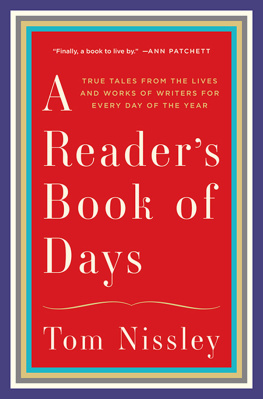
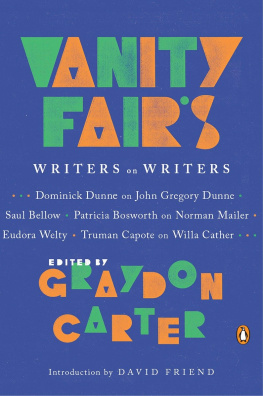

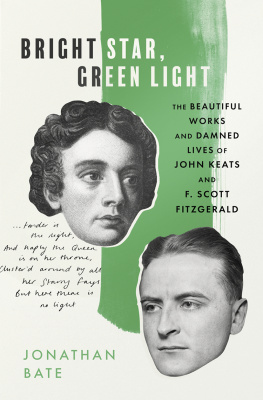
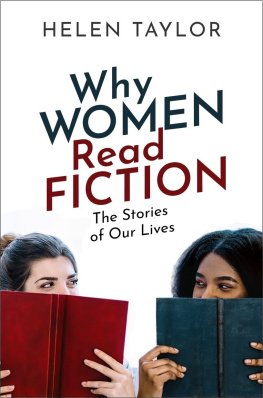
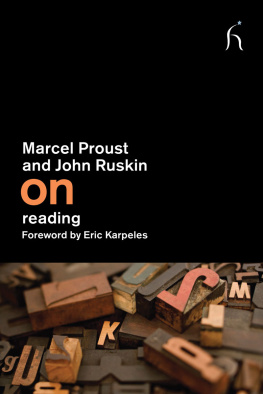
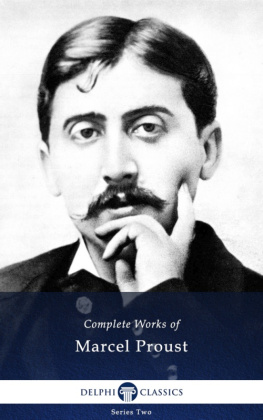
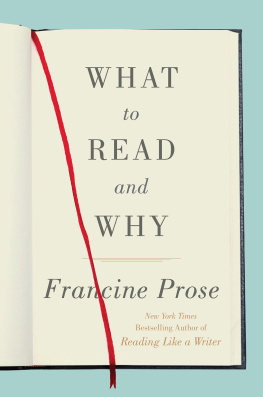
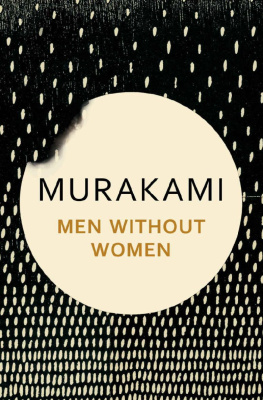


 What did Tolstoy, in his last years, believe was the great work of his life? War and Peace ? Anna Karenina ? No, this anthology he spent fifteen years gathering, which mixed his own aphorisms with those of the best and wisest thinkers of the world, organized by a theme for each day of the year.
What did Tolstoy, in his last years, believe was the great work of his life? War and Peace ? Anna Karenina ? No, this anthology he spent fifteen years gathering, which mixed his own aphorisms with those of the best and wisest thinkers of the world, organized by a theme for each day of the year.